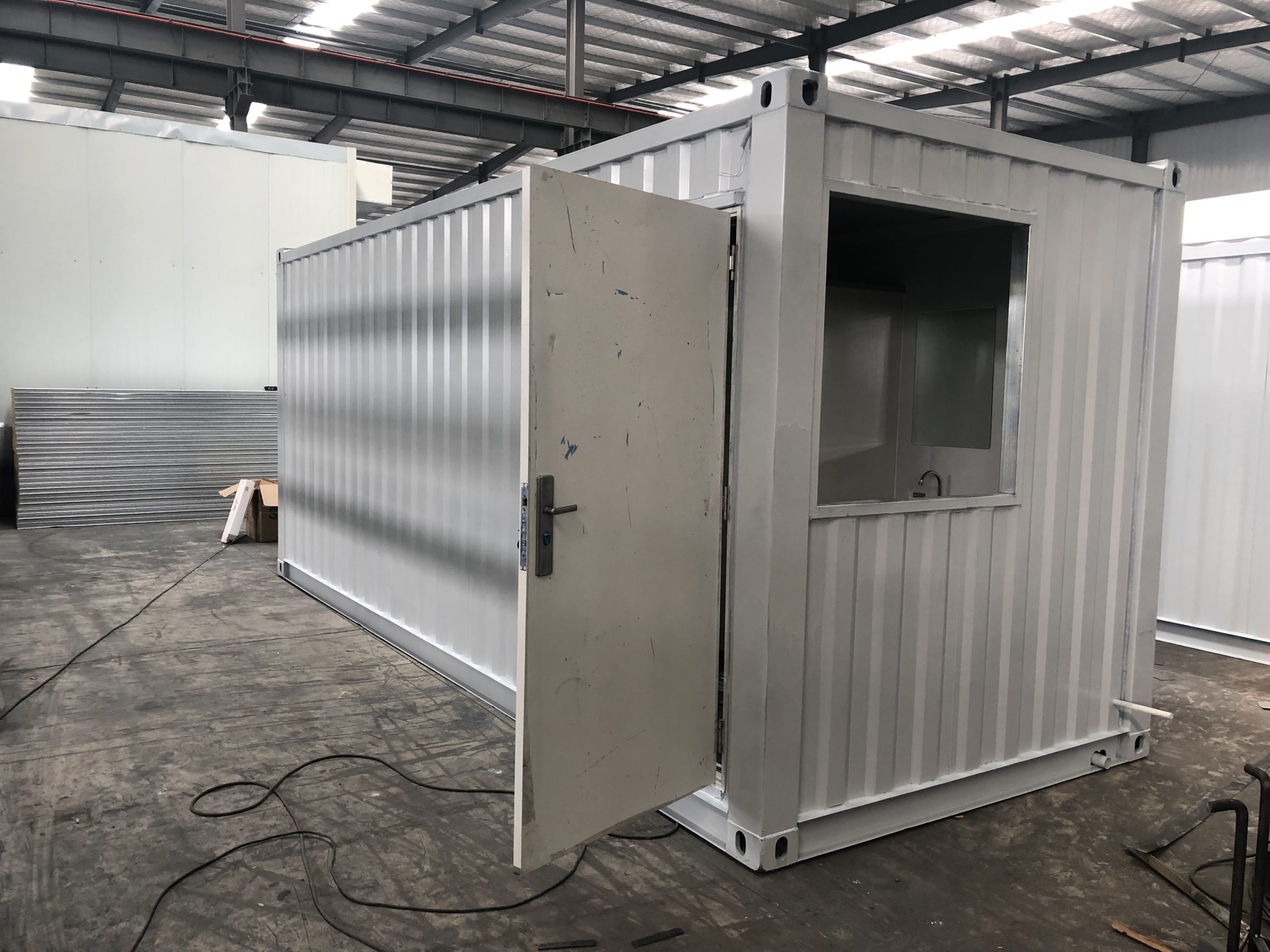Study on adaptability of steel structure under special environmental conditions
Table of Contents
Effects of Extreme Temperatures on the Adaptability of Steel Structures
Steel structures are widely used in construction due to their strength, durability, and versatility. However, the adaptability of steel structures under special environmental conditions, such as extreme temperatures, is a topic of interest for researchers and engineers. In this article, we will discuss the effects of extreme temperatures on the adaptability of steel structures and the findings of a recent study on this subject.
Extreme temperatures can have a significant impact on the performance of steel structures. When exposed to high temperatures, steel can lose its strength and stiffness, leading to structural failure. On the other hand, low temperatures can cause steel to become brittle and prone to cracking. Understanding how steel structures respond to extreme temperatures is crucial for ensuring their safety and reliability in different environmental conditions.
A recent study conducted by a team of researchers aimed to investigate the adaptability of steel structures under special environmental conditions, particularly extreme temperatures. The study involved subjecting steel samples to both high and low temperatures and analyzing their mechanical properties before and after exposure.
The results of the study revealed that high temperatures can indeed weaken the steel structure, reducing its load-bearing capacity and increasing the risk of failure. This is due to the fact that high temperatures can cause the steel to lose its strength and stiffness, making it more susceptible to deformation and buckling. In extreme cases, the steel structure may collapse under the weight of the load it is supporting.
On the other hand, low temperatures can also have a detrimental effect on the adaptability of steel structures. When exposed to cold temperatures, steel becomes more brittle and prone to cracking. This can compromise the integrity of the structure and increase the risk of catastrophic failure. In regions where extreme cold is common, engineers must take extra precautions to ensure that steel structures are able to withstand the harsh environmental conditions.
The study also found that the adaptability of steel structures under extreme temperatures can be improved through the use of certain design and construction techniques. For example, incorporating thermal insulation into the structure can help to regulate the temperature and protect the steel from extreme heat or cold. Additionally, using high-strength steel alloys can enhance the structural integrity of the steel and make it more resistant to temperature fluctuations.
In conclusion, the adaptability of steel structures under special environmental conditions, such as extreme temperatures, is a critical factor to consider in construction projects. High temperatures can weaken the steel structure, while low temperatures can make it more brittle and prone to cracking. Engineers and researchers must continue to study the effects of extreme temperatures on steel structures and develop innovative solutions to improve their adaptability and resilience. By understanding how steel responds to different environmental conditions, we can ensure the safety and reliability of steel structures in a variety of settings.
Impact of Corrosive Environments on the Performance of Steel Structures
Steel structures are widely used in various industries due to their strength, durability, and versatility. However, the performance of steel structures can be significantly impacted by environmental conditions, particularly corrosive environments. Corrosion is a natural process that occurs when steel is exposed to moisture, oxygen, and other corrosive agents, leading to the deterioration of the material over time.

A recent study was conducted to investigate the adaptability of steel structures under special environmental conditions, with a focus on the impact of corrosion. The study aimed to assess the performance of steel structures in corrosive environments and identify potential strategies to enhance their durability and longevity.
The findings of the study revealed that steel structures exposed to corrosive environments are more susceptible to corrosion, leading to a decrease in their structural integrity and load-bearing capacity. Corrosion can weaken the steel structure, making it more prone to failure and compromising the safety of the structure and its occupants.
To mitigate the impact of corrosion on steel structures, several strategies can be implemented. One effective approach is the use of corrosion-resistant coatings or paints to protect the steel surface from corrosive agents. These coatings act as a barrier, preventing moisture and oxygen from coming into contact with the steel and reducing the likelihood of corrosion.
Another strategy is the use of galvanized steel, which is coated with a layer of zinc to provide added protection against corrosion. Galvanized steel is highly resistant to rust and corrosion, making it ideal for use in corrosive environments such as coastal areas or industrial facilities where exposure to corrosive agents is common.
In addition to protective coatings and galvanized steel, regular maintenance and inspection of steel structures are essential to identify and address any signs of corrosion early on. By conducting routine inspections and addressing corrosion issues promptly, the structural integrity of the steel can be preserved, prolonging the lifespan of the structure and ensuring its safety and performance.
Furthermore, the study highlighted the importance of considering environmental factors when designing steel structures. By taking into account the specific environmental conditions in which the structure will be located, engineers can select materials and construction techniques that are better suited to withstand the challenges posed by corrosive environments.
Overall, the study on the adaptability of steel structures under special environmental conditions underscores the importance of addressing corrosion as a critical factor in the performance and longevity of steel structures. By implementing protective measures, conducting regular maintenance, and considering environmental factors during the design phase, the impact of corrosive environments on steel structures can be minimized, ensuring their durability and safety for years to come.







